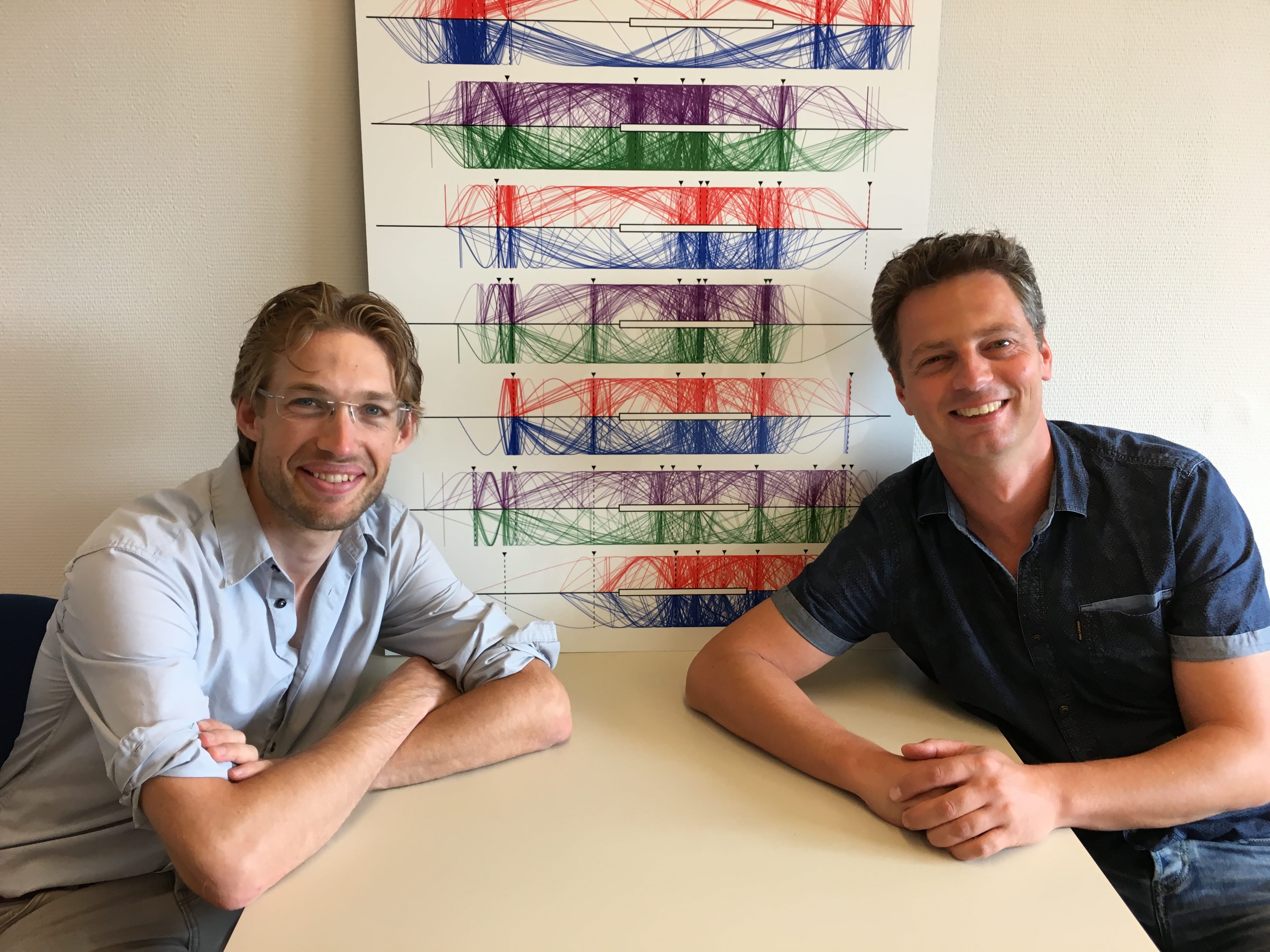Posted by: Sarah Ratzel, PhD, Science Editor, AJHG
Each month, the editors of The American Journal of Human Genetics interview an author of a recently published paper. This month, we check in with Wouter de Laat, PhD, to discuss his paper, “Sensitive Monogenic Noninvasive Prenatal Diagnosis by Targeted Haplotyping.”

AJHG: How did you begin working on this project?
Wouter: The realization that our TLA technology is powerful for targeted haplotyping of any genomic locus of interest triggered us to think about clinically relevant applications. Our background in thalassemia research and our close collaborations with the University Medical Centre Utrecht soon made us excited to explore whether TLA haplotyping would enable non-invasive prenatal diagnosis for monogenic diseases.
AJHG: What about this paper most excites you?
Wouter: Two things. To me, the fact that our knowledge acquired through basic research on the structure and function of our genome led us to develop a novel prenatal diagnostic test emphasizes once more the societal relevance to support fundamental research. I find this important to mention, coming from a country where national policy makers propagate almost exclusively the virtues of translational research. The other very rewarding aspect of this project was our interaction with Dutch, Greek, and Iranian clinicians who work daily with cystic fibrosis and thalassemia families: they made us truly appreciate the clinical impact of this work.
AJHG: Thinking about the bigger picture, what implications do you see from this work for the larger human genetics community?
Wouter: I expect that, now that pre-conception screening programs for severe Mendelian disorders are being implemented in our health care system, non-invasive prenatal diagnosis (NIPD) methods will be very welcome alternatives to the more burdensome invasive tests for giving desired comfort during pregnancy. A genetic test based on a simple blood draw may in the future also provide risk couples opting for embryo selection with an easy means to confirm that the familial disease was not transmitted to the child. And variants of the NIPD method presented here may offer an attractive way to confirm parenthood, for example following in vitro fertilization.
AJHG: What advice do you have for trainees/young scientists?
Wouter: Always, even if you are considering pursuing a tenure track academic position, ask yourself at the end of your PhD and certainly as an early postdoc: am I, and is my CV, in the top among my peers and am I truly passionate about science? If not, realize that there is a world of careers outside of academia that may be equally inspiring and rewarding to you and that this is the moment to start exploring these opportunities.
AJHG: And for fun, tell us something about your life outside of the lab.
Wouter: Scientists are sometimes not very different from other human beings. To recharge the batteries, I love doing sports (soccer, cycling) and love traveling with my wife and three daughters: we just returned from an amazing trip to Sri Lanka.
Wouter de Laat, PhD, is a Professor of Biomedical Genomics at the University Medical Center Utrecht, Professor at Utrecht University, and Founder of Cergentis.
